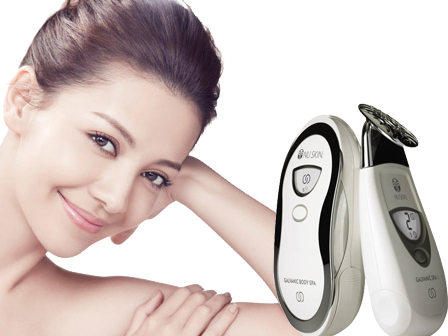According to our recently completed consumer research on at-home beauty devices usage, all signs point to China as being the most opportunistic market for beauty device marketers, as well as for brands that address a myriad of beauty issues. The younger population are the ultimate “beauty junkies”
Our research queried women from six dynamic markets: China, Japan, France, Germany, the United Kingdom, and the United States on their beauty device usage, as well as their attitudes on aging and where they go for advice on products. In general, penetration was relatively low for device usage; overall, it was well above average in China where beauty devices are used by nearly 60% of respondents. When asked about seeking professional treatments from a physician, beauty institute, or aesthetician, women in China indexed the highest. In total, 58% of Chinese respondents said they visit a professional, compared to less than one-quarter from the United Kingdom, Germany, or Japan.
We also asked women to rate their most important skin care concerns, such as aging, moisturization, acne, and excess hair. We then asked them about device usage to address these concerns. While the vast majority of women surveyed said that aging is their number one concern, a very low percentage of them actually use devices to help reduce the issue, signaling an opportunity for device marketers and marketers of topical products. However, excess facial and/or body hair as a skin concern sees the highest percentage of those experiencing it and using an at-home device to control it.
Most women cited the Internet as the most common source for investigating both how to treat their skin care concerns and for information on which at-home beauty devices are best for their needs. Where does opportunity exist to enhance overall devices usage? Across the board, education and building greater awareness of device benefits is vital for category growth. Our research indicates that women are receptive to learning about devices that could help them treat their skin care concerns.
An enormous opportunity exists to market skin care devices to women. They may follow the same marketing techniques as facial skin care products that use clinical trials, before and after photos, testimonials, and promotions to market their products. Since our research also reveals that the greatest incentive to try an at-home device is by receiving it as a gift, a huge opportunity exists for positioning at-home devices for gift-giving with increased marketing efforts during the prime gift-giving holidays, such as Valentine’s Day, Mother’s Day, and the ever important Thanksgiving to Christmas/Chanukah period.
The consumer research on at-home beauty devices usage is part of our annual Beauty Devices: Global Market Brief report. To find out more about this report, contact our team.

